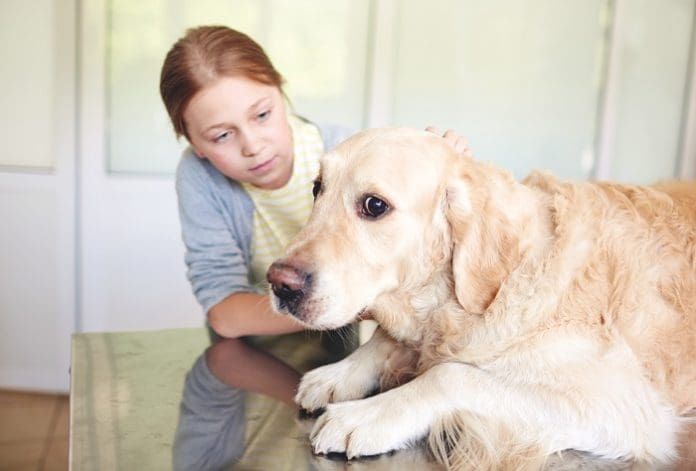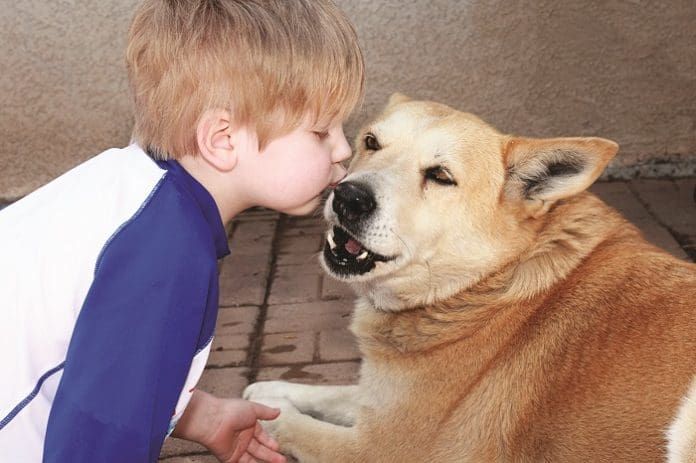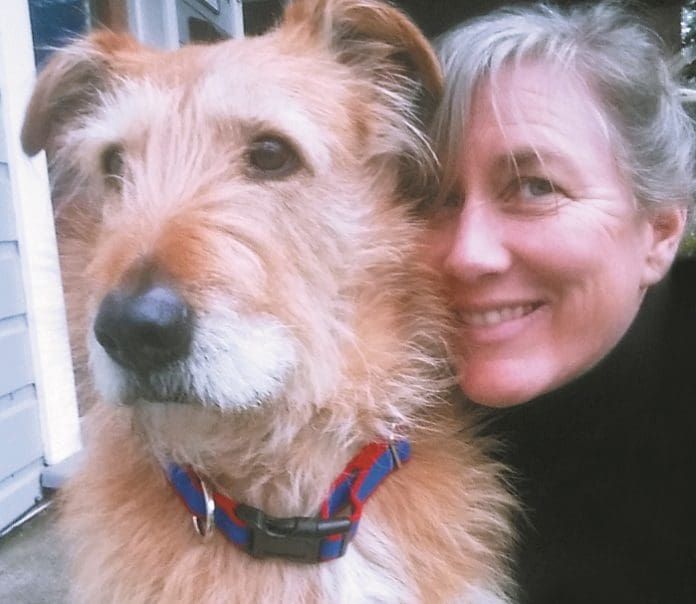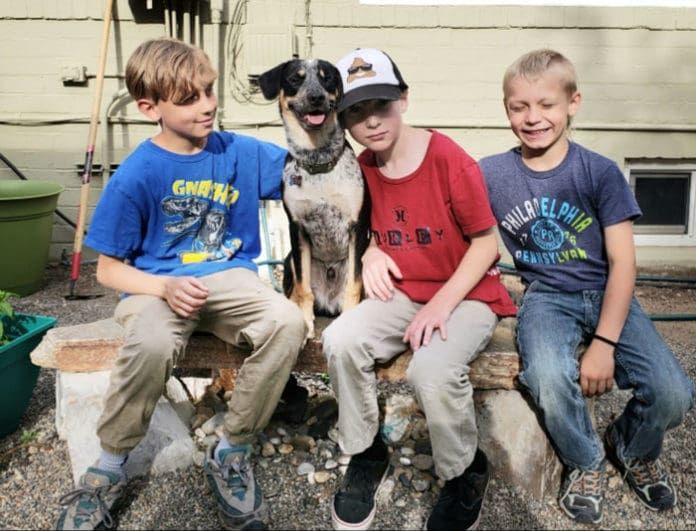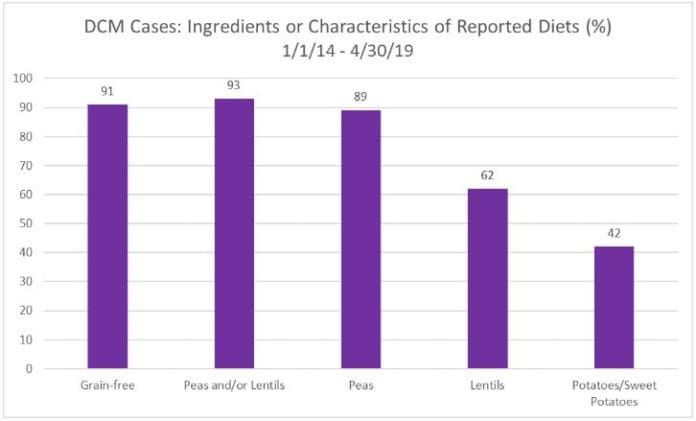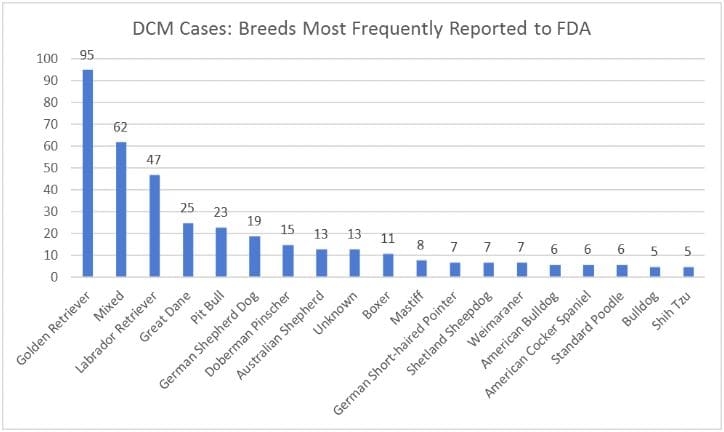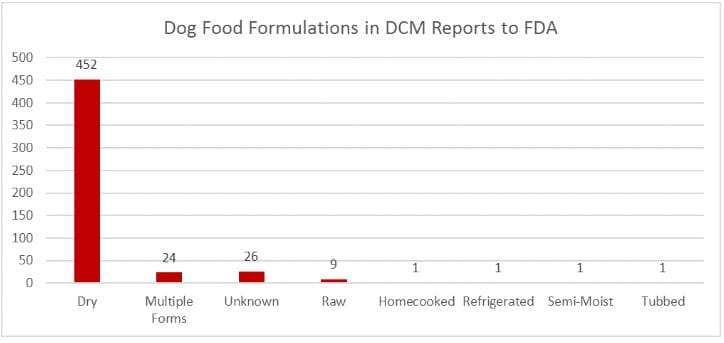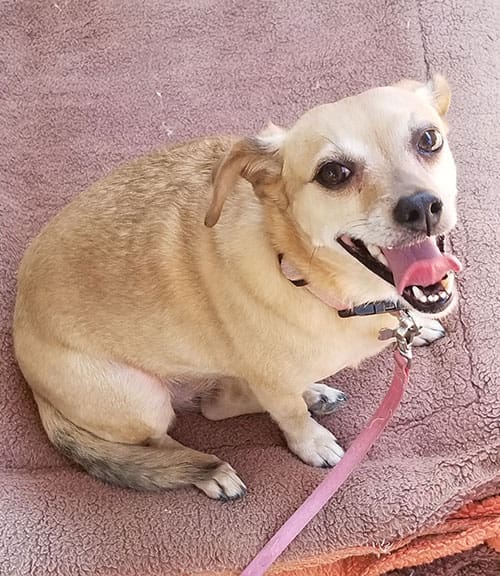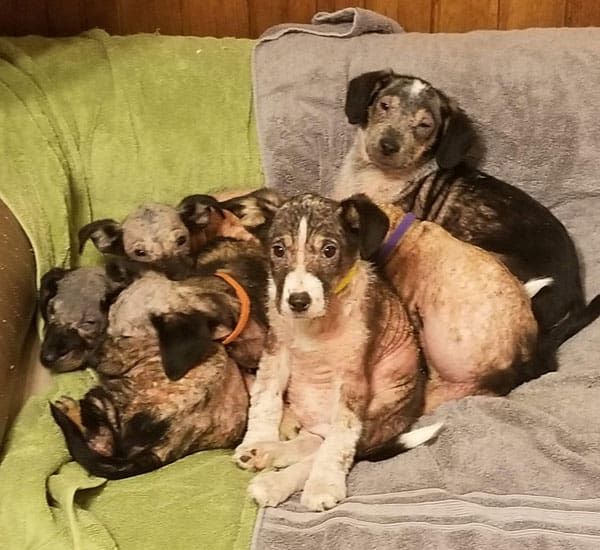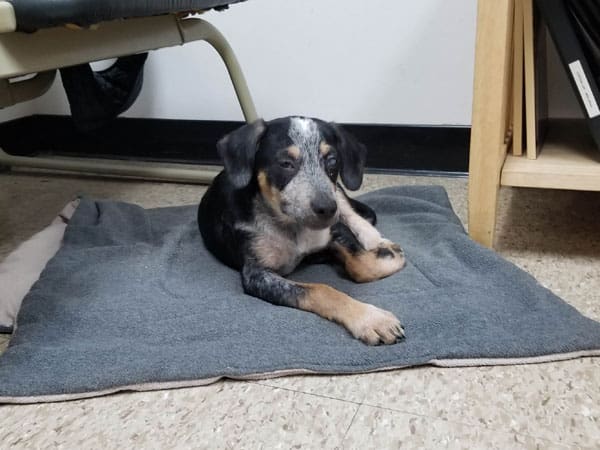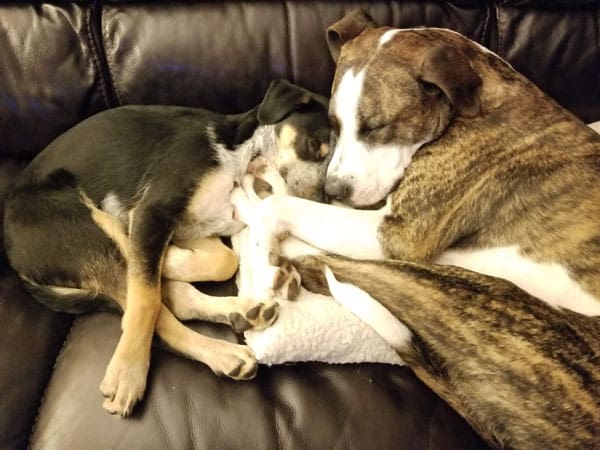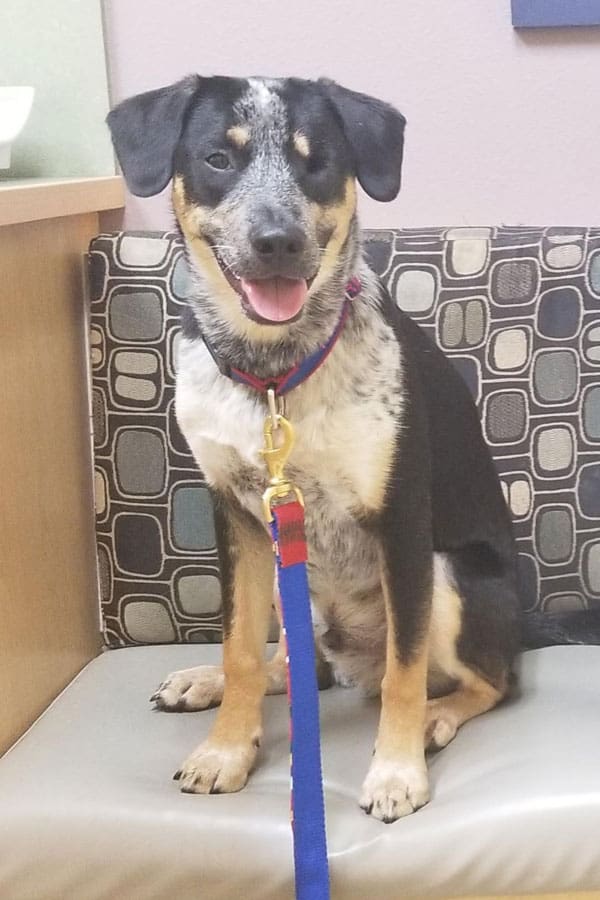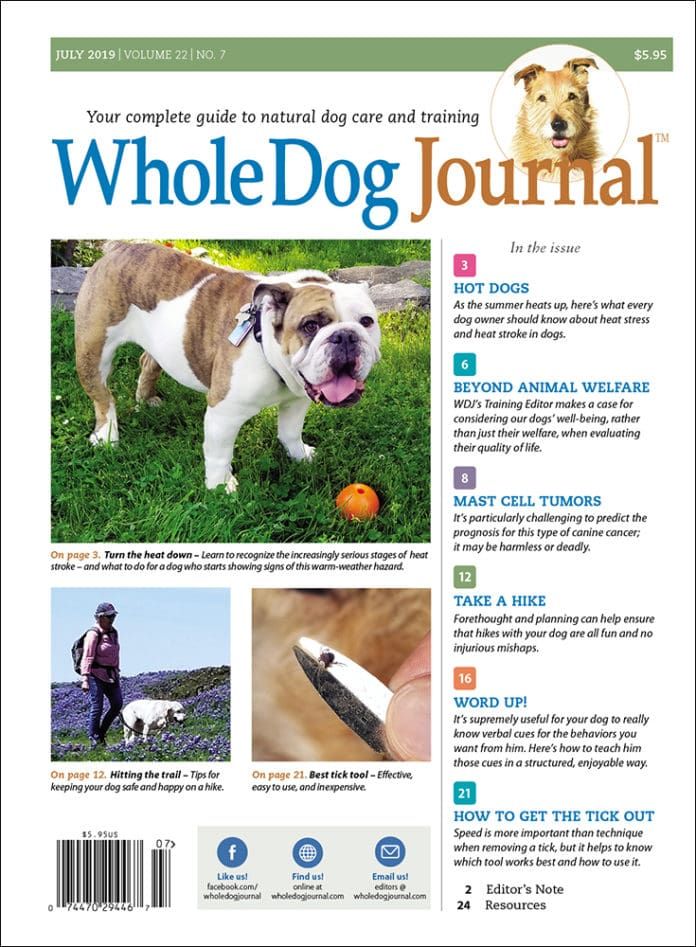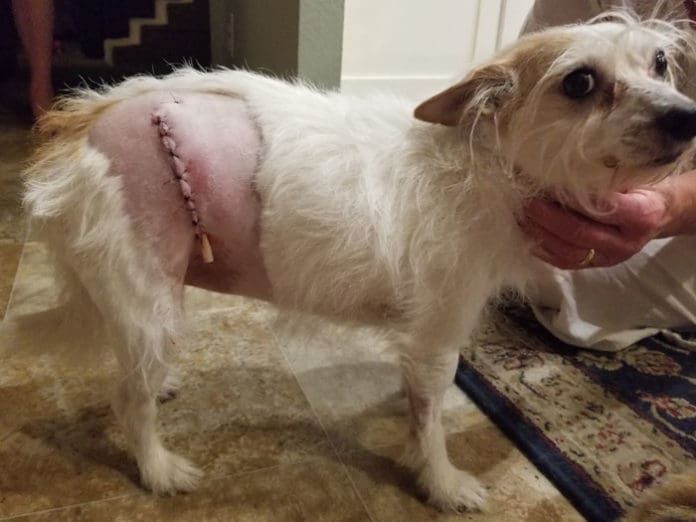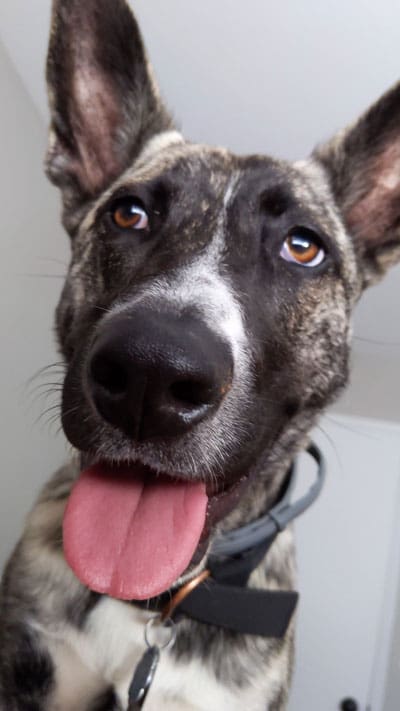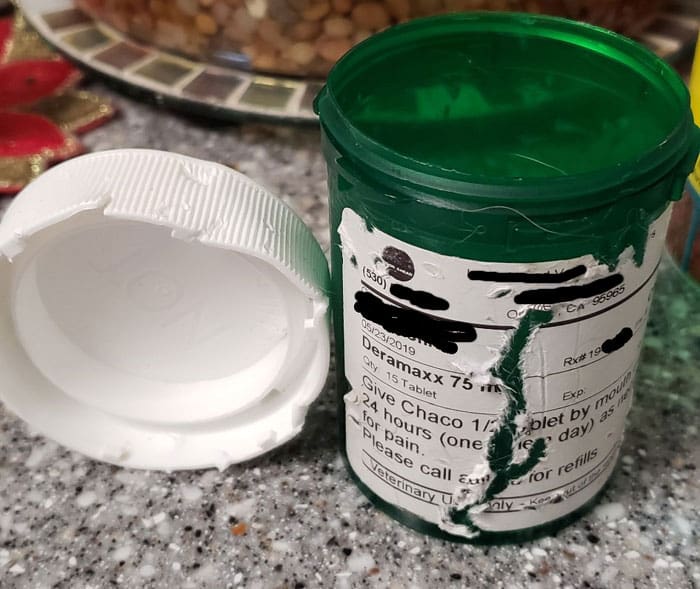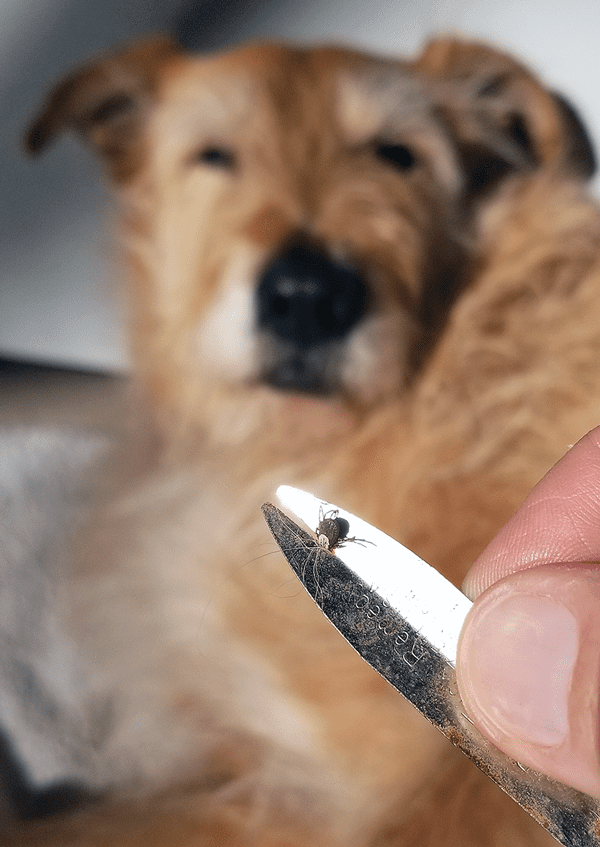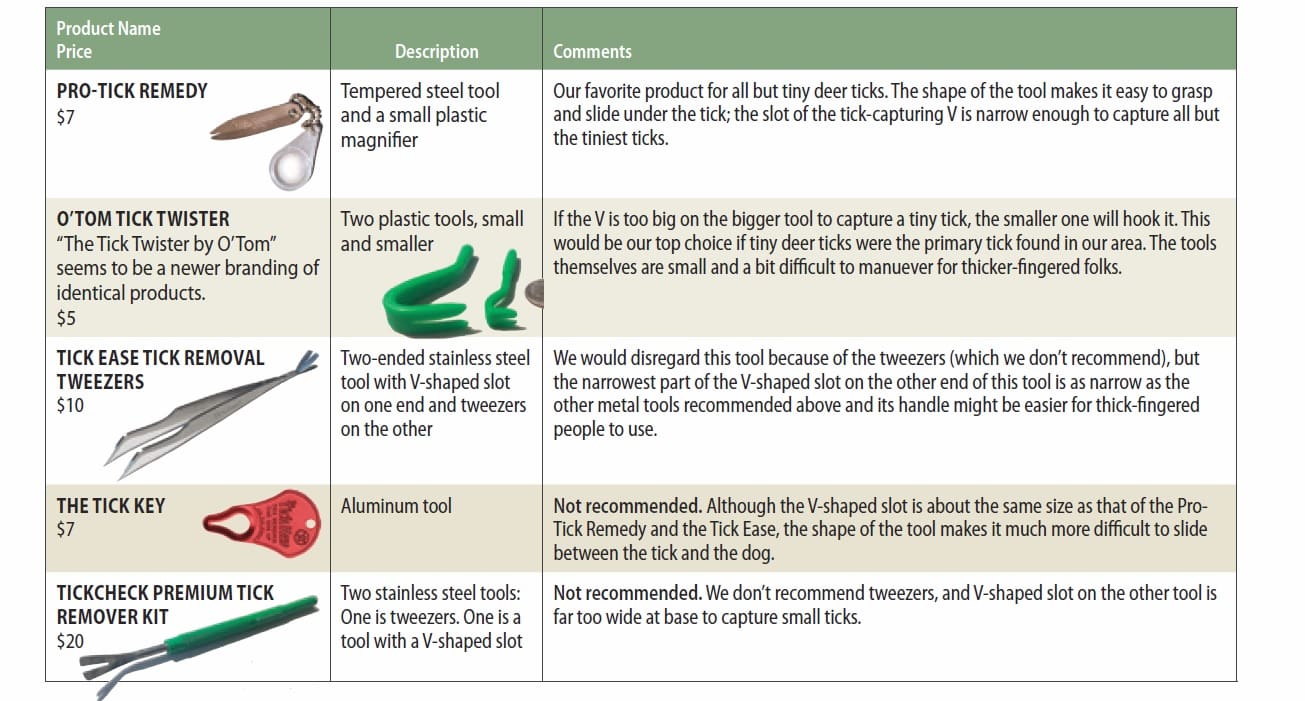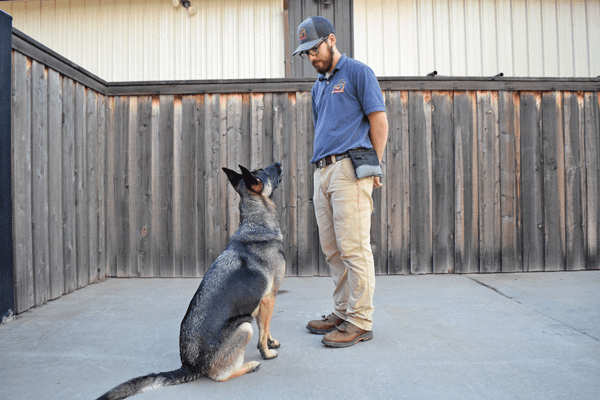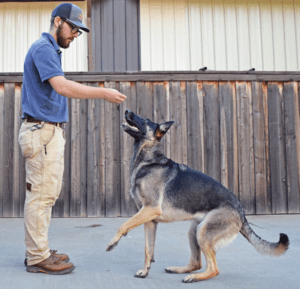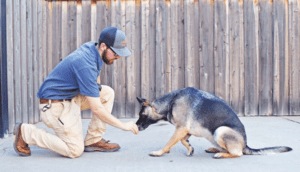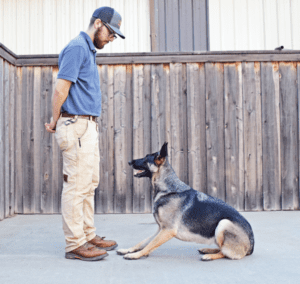Does your dog know when you are approaching the veterinary clinic? Sadly, many dogs are nervous, anxious, or just uncomfortable at the vet’s office.
Thankfully there is a movement of veterinary professionals who are working hard to create positive, low-stress experiences for dogs entering veterinary hospitals, reducing stress for dogs (and owners!). And the organization that is providing formal training to veterinarians and their staff members also teaches dog owners how to help their dogs feel more comfortable at the vet.
Visionary Veterinary Visits
Fear Free is the brainchild of Marty Becker, DVM, whose veterinary practice is the North Idaho Animal Hospital in Sandpoint, Idaho. Dr. Becker is better known for his weekly nationally syndicated newspaper feature “Pet Connection” and his 17-year stint as the resident veterinary contributor on “Good Morning America.” He is also the author of some 25 books on pets and pet health.
“The idea for Fear Free and the slogan ‘Taking the pet out of petrified,’ came out of a lecture by a boarded veterinary behaviorist, Dr. Karen Overall,” says Dr. Becker. “Previously, I, like the vast majority of my colleagues, thought of pet’s distress at the veterinary office as unavoidable collateral damage. Through her lecture, I knew that we – all of us who deal with animals including veterinarians, veterinary nurses, trainers, groomers, boarding personnel – were causing repeat, severe, irreversible psychological damage to the animals we care for. Nobody gets into a career of working with animals to make life worse for them.”
Dr. Becker began envisioning an organization that could educate pet professionals of all kinds about how to recognize the signs of fear, anxiety, and stress, and how to handle pets in ways that at least reduce, and at best, eliminate these emotions and the negative behavioral fallout that often results from handling that does not consider or prioritize the animal’s experience.
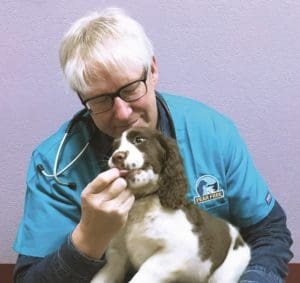
“Once we realized the damage we were doing to pets, and the potential physical and emotional benefit we left unrealized, hundreds of top veterinary professionals and others involved in animal care committed to bringing a science-based, compassionate approach to pet care,” Dr. Becker says. He collaborated with veterinarians, veterinary behaviorists, and force-free trainers to create a curriculum, and offered the first Fear Free certification course in 2016.
Today, Fear Free provides education and certification to veterinary professionals in methodologies developed by board-certified veterinary behaviorists, anesthesiologists, pain experts, and more. According to the organization, more than 48,000 veterinary and pet professionals (including groomers, trainers, and more) have been certified in Fear Free dog-handling techniques.
Ultimately, the Fear Free approach to handling dogs in any situation is beneficial to the dog population as a whole, but its most potent gifts may lie in improving our pets’ veterinary visit experience.
“Fear Free veterinary visits make taking the dog to the hospital fun for the dog and fun for the dog’s guardian, for the veterinarian and for veterinary personnel, too,” says Kenneth Martin, DVM, DACVB, a co-owner of Veterinary Behavior Consultations, in Austin, Texas.
Dr. Martin explains that the Fear Free practices “take the fear, anxiety, and/or stress out of waiting to be seen by the veterinarian. Dogs are provided with non-slip surfaces, calming pheromones, aromatherapy, and soothing music. Greetings include a considerate approach to interactions with the dog, who is touched and handled in ways that reduce stress. Treats, toys, and various distraction techniques are used to keep the dog comfortable and make the visit enjoyable.”
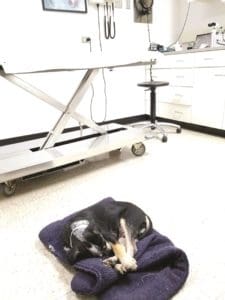
This is not business as usual in a vet clinic! Every interaction between the dog, owner, and clinic staff is intentional, and “the dog’s emotional response to the veterinary visit is noted to make each and every veterinary visit a more enjoyable experience, from the trip to the hospital until arriving back home,” Dr. Martin says.
Fear Free Certification
Fear Free offers courses for veterinary professionals and staff on how to improve animal hospital encounters for their patients. Fear Free has considered every aspect of the patients’ veterinary hospital experience and has suggestions for changes that result in a drastic drop in the patients’ stress and discomfort.
Veterinary staff members who take the courses learn how to recognize the signs of stress and fear in their patients, understand how a patient’s perception affects its behavior in the veterinary hospital setting, assess their own hospitals for stress-provoking infrastructure and practices, and employ dozens of new tactics to improve the vet-hospital experience for their clients’ pets. There are currently eight modules in the course, with an examination at the end of each module. A veterinary provider must pass each exam with a score of 80% or more in order to continue. Upon successful completion of all the modules, a Fear Free certificate is awarded. The certification is valid for one year; continuing education units and examinations must be completed annually for the practitioner’s certification to remain current.
Hospital Certification
A veterinarian working in a group practice can become certified individually, but if there are other staff members with an interest in Fear Free precepts, they might want to pursue a Fear Free practice certification, described on FearFreePets.com:
“Practice Certification takes Fear Free implementation to the next level – from an individual to a joint effort that requires the entire practice team to work together to safeguard the emotional wellbeing of their patients, clients, and team members.”
In order for a practice to become certified, more than 25% of the staff must be Fear Free Certified with active memberships; this must include 100% of the practice’s leadership and/or management team and 50% + 1 of the practice’s full-time veterinarians.
Once a practice has achieved this and completed an online self-assessment of the standards, Fear Free will send a Fear Free Practice Certification Veterinarian to conduct an on-site visit and evaluation of the practice. The results will be submitted to Fear Free for review and final determination of pass or fail.
The basic Fear Free certification course costs $279 for an individual; the price per person for the certification decreases when the number of people working in the same veterinary practice who also seek certification increases.
Maintaining an active membership requires an annual fee of $99 per person and completion of four continuing education units each year from Fear Free’s large library of educational offerings. All of this adds up to a significant investment of money, time, and interest in providing a stress- and fear-free veterinary experience to the practice’s patients.
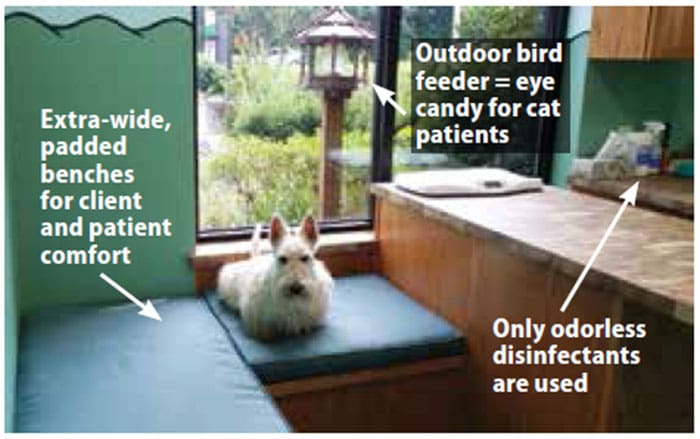
Fear Free Veterinary Visits Are Different
In many ways a Fear Free approach to veterinary care is about prioritizing the needs of your dog above all else and ensuring that he is comfortable in any veterinary setting. “We have made huge advancements that have allowed us to help dogs live longer and healthier lives by looking after their physical well-being,” says Jonathan Bloom, DVM, a Fear Free certified practitioner at the Willowdale Animal Hospital in Toronto, Ontario. “Now it’s time for us to help dogs live happier lives, by looking after their emotional well-being.”
[post-sticky note-id=’365150′]
Employing a Fear Free approach to veterinary care gives our dogs agency at the vet office, instead of being forced to comply. Dr. Bloom explains how Fear Free protocols put the needs of the pet first – and how this requires veterinary practitioners to shift their approach to ensure the dog is comfortable.
“If pets don’t like being up on exam room tables, we examine them on the floor. If they don’t like liver treats, then we offer them chicken treats. If they feel more secure being near their owners, then we do their entire exam, vaccine, blood sample collection, etc., beside their owners,” he says.
Fear Free practitioners generally book longer appointments times and require their technicians to use Fear Free restraint and handling methods so their patients are not rushed or intimidated into compliance during examination procedures. Because more time is taken with the animals, the practitioner may charge more for visits than vets who spend just a few minutes with the patient, leaving the collection of vital signs and biological samples (blood, urine, feces) to the technicians.
When an entire practice is Fear Free-certified, the client should notice even more departures from conventional veterinary clinics. Waiting rooms are arranged in a manner that gives dog and cat clients plenty of room so they feel safe and not overstimulated, and provisions are on hand to make any wait comfortable for the patients, with soft beds or mats and non-slip paths that facilitate a smooth flow of patient traffic. Species-specific appeasing pheromone diffusers and/or aromatherapeutic diffusers will likely be in use in waiting and exam rooms.
When the visit is complete, a technician may invite you and your dog to relax and enjoy some treats in the exam room while your bill is being prepared; you can make a payment, receive medications and instructions, and make a follow up appointment (if needed) in the same room, so when all of this business is complete, you and your dog can make a smooth exit to your car, instead of having to stand in line back in the waiting room to do these things.
Even the disinfectants in a Fear Free certified practice are likely to be different from those used in veterinary hospitals that don’t adhere to Fear Free protocols.
“When you embrace Fear Free certification, you begin to realize that our patients can suffer sensory overload during their veterinary visit. Overwhelming sights, sounds, and smells need to be eliminated when you make a commitment to Fear Free,” says Julie Reck, DVM, owner of the Veterinary Medical Center of Fort Mill (South Carolina).
Dr. Reck switched all the cleaning products in her hospital to an accelerated hydrogen peroxide-based disinfectant that kills pathogens but does not leave a lingering chemical smell, and pheromone diffusers are used throughout the facility. The disinfectant is not only less overwhelming for the patients, she says, it’s safer for the clients and staff.
Dr. Reck is also a huge proponent of Fear Free practice certification; not only is her practice Fear Free certified, she joined the Fear Free Executive Council and is on the organization’s speaker’s bureau.
Emotional Health Complements Physical Health
It’s scary to think about how one negative experience at a vet clinic, or even just a couple uncomfortable ones, can adversely affect how your dog regards vet visits for the rest of his life. I witnessed this with my youngest dog, who needed major surgery before her second birthday. She went from a puppy who loved going to the vet to a dog who became wary of vet visits after several stressful and painful diagnostic visits and consultations before bilateral TPLO surgery.
Dr. Martin says that this type of negative experience isn’t necessary. “In the past, the veterinarian and dog owner alike have justified the stress of the veterinary visit and/or procedure as being in the best interest of the dog – but the dog doesn’t know that!” says Dr. Martin. In contrast, he describes the Fear Free protocols for a vet visit as “a feel-good sensory experience, incorporating pleasant sights, sounds, smells, taste, and touch.”
But Fear Free veterinary visits aren’t just about making dog feel better emotionally; they also can have measurable impacts on your dog’s physiological health – and your veterinarian’s ability to accurately diagnose or monitor your dog’s health.
“Stress negatively influences physical parameters such as heart rate, respiratory rate, and temperature,” says Dr. Martin. “In the stressed individual, these parameters, routinely checked with most veterinary visits, are not an accurate representation of the dog’s overall health. And stress suppresses the immune response.”


